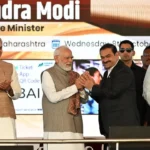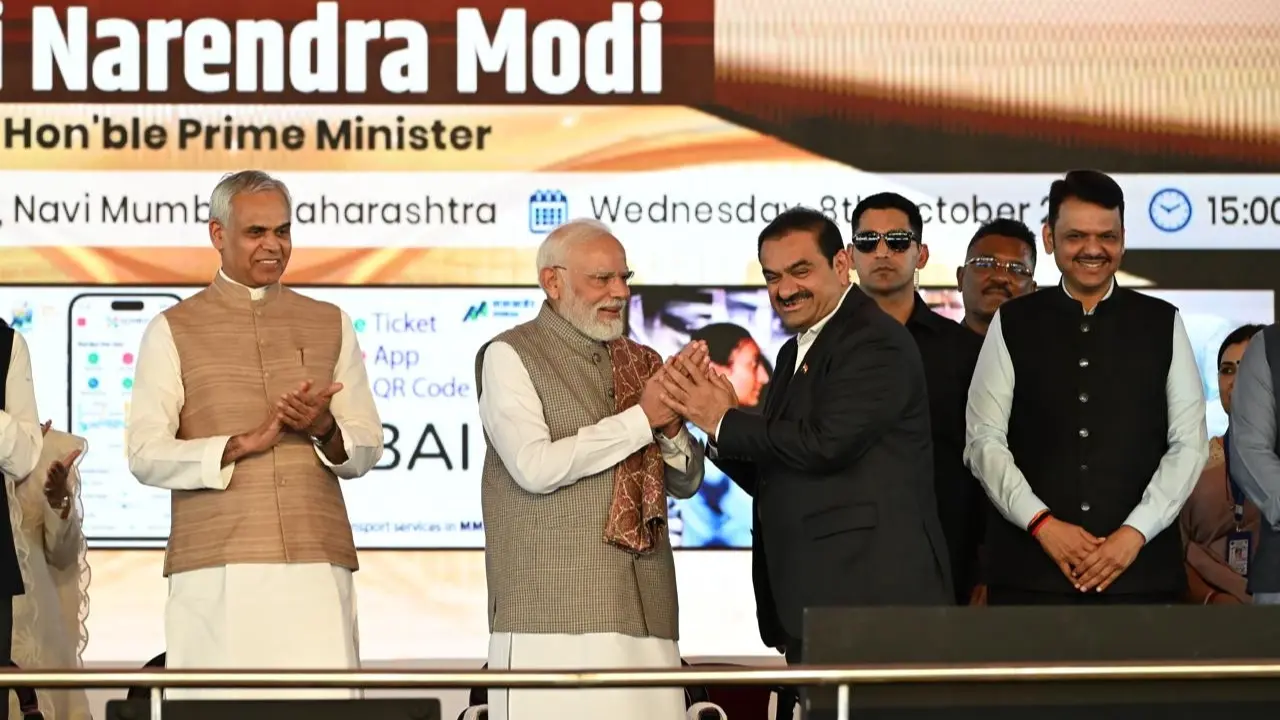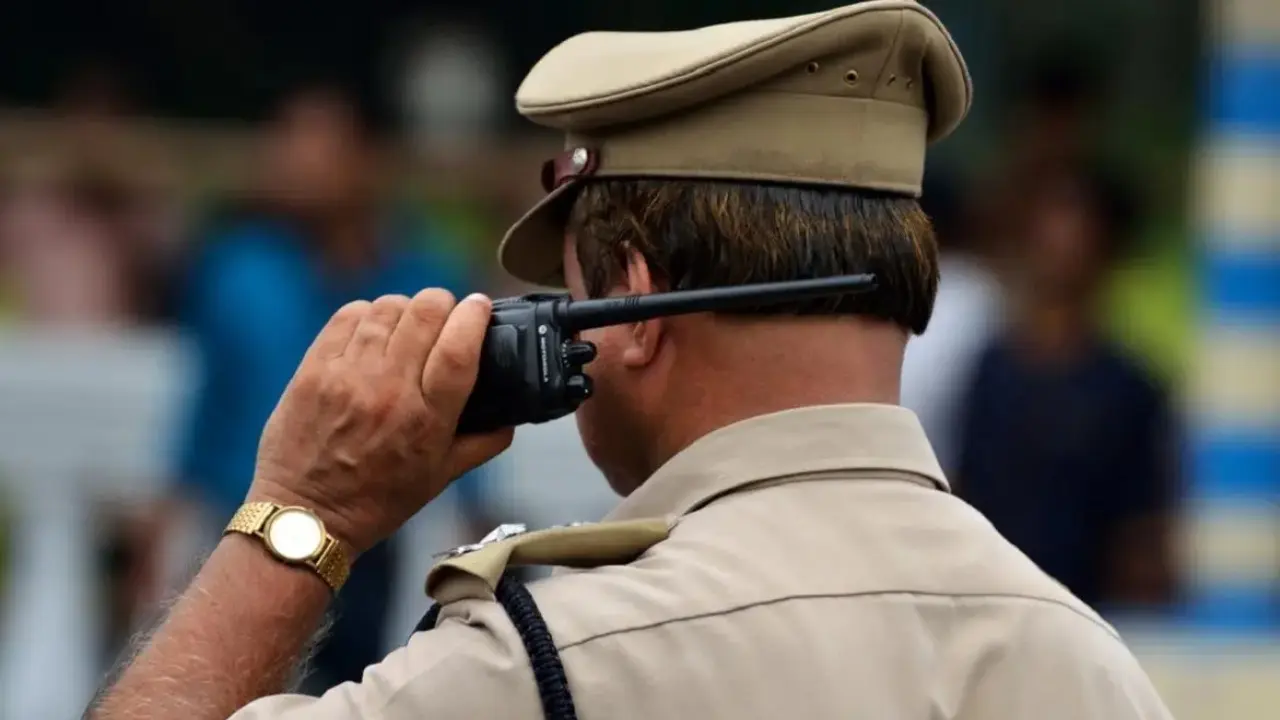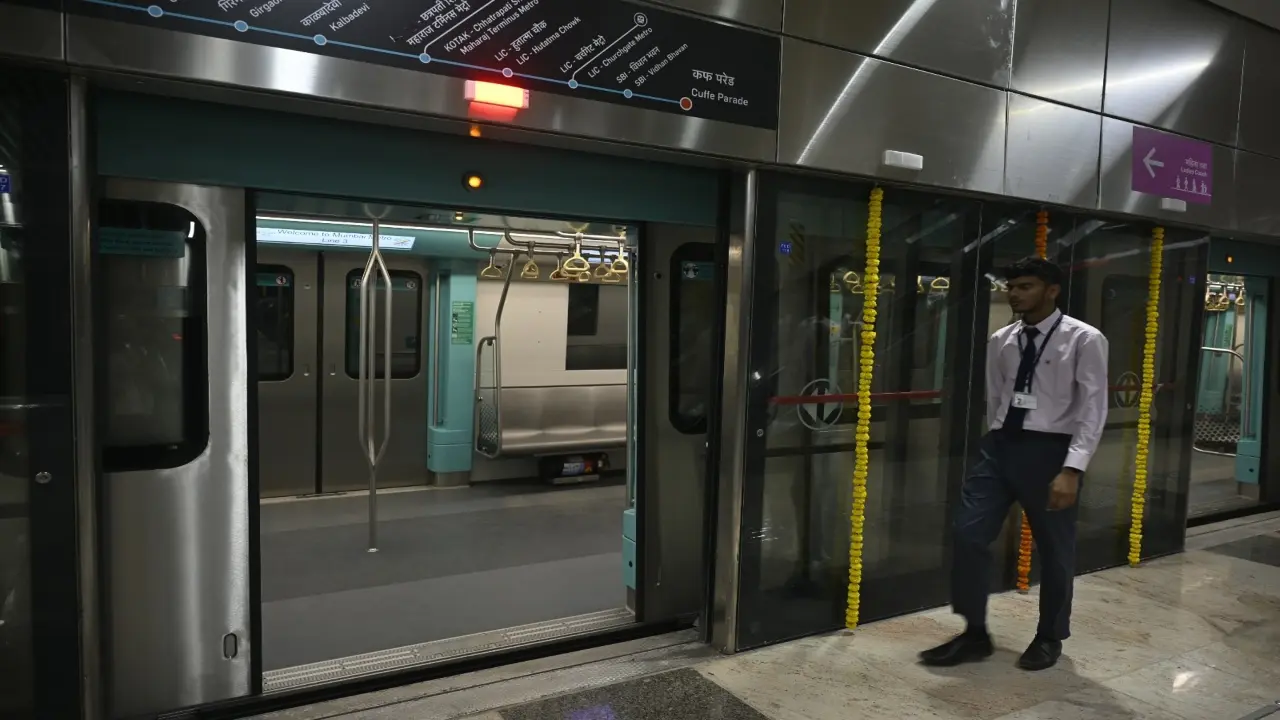Prime Minister Narendra Modi on Wednesday inaugurated the Navi Mumbai International Airport (NMIA), calling it a proud moment for India and a “long-awaited” step forward for the city of Mumbai.
Speaking at the inauguration event, PM Modi said, “The wait is finally over. Mumbai now has its second international airport. This will not only ease the pressure on the existing airport but also help farmers, small industries, and boost the economy of Maharashtra.”
The new airport is spread over 1,160 hectares in Ulwe, near Panvel. In the first phase, it will handle 20 million passengers per year, with plans to expand this to 90 million in the future. The airport was developed through a public-private partnership between Adani Group’s Mumbai International Airport Limited (MIAL) and CIDCO, a Maharashtra government agency.
Gautam Adani, Chairman of the Adani Group said, “In an era where India ascends among the world’s largest economies, we have built more than an airport – we have architected Bharat as a gateway and as one of the world’s most indispensable crossroads.”
He said, “This is the infrastructure that does not just serve today’s demand, it creates tomorrow’s exponential possibilities. For generations to come, every flight through these terminals will carry not just passengers, but the pulse of a defining superpower and the dreams, ambitions and achievements of a nation reclaiming its place at the centre of global progress.”
Inspired by India’s national flower, the lotus, the airport’s terminal design blends traditional Indian culture with modern architecture. It was designed by world-renowned Zaha Hadid Architects, an official statement said.
PM Modi called it “a living symbol of culture and prosperity.”
He said that it will connect Indian farmers and small businesses directly to global markets, making it easier to export fresh produce and other goods.
The airport has world-class facilities, with a focus on sustainability, including solar energy, rainwater harvesting, and natural lighting systems. A dedicated cargo terminal, AI-enabled logistics, and a cold-storage facility for medicines and perishables are also part of the design, the statement said.
“NMIA is a landmark in India’s aviation journey, uniting cutting-edge technology, sustainability and a passenger-first experience,” said Jeet Adani, Director, Adani
Airport Holdings Ltd. “By complementing CSMIA, it reinforces Mumbai’s role as a global aviation hub and sets a blueprint for future-ready airports nationwide.”
The airport`s location and multi-modal connectivity will link it to Mumbai Trans Harbour Link (Atal Setu), metros, suburban rail, and future waterway routes, reducing travel time from South Mumbai to 20 minutes, it said.
The project was first approved in 2007 but faced delays due to land issues, environment clearances, and resettlement challenges. The Adani Group took over the project in 2021, and construction picked up pace, the statement said, adding that it is set to become one of the busiest and most significant aviation hubs in India.











